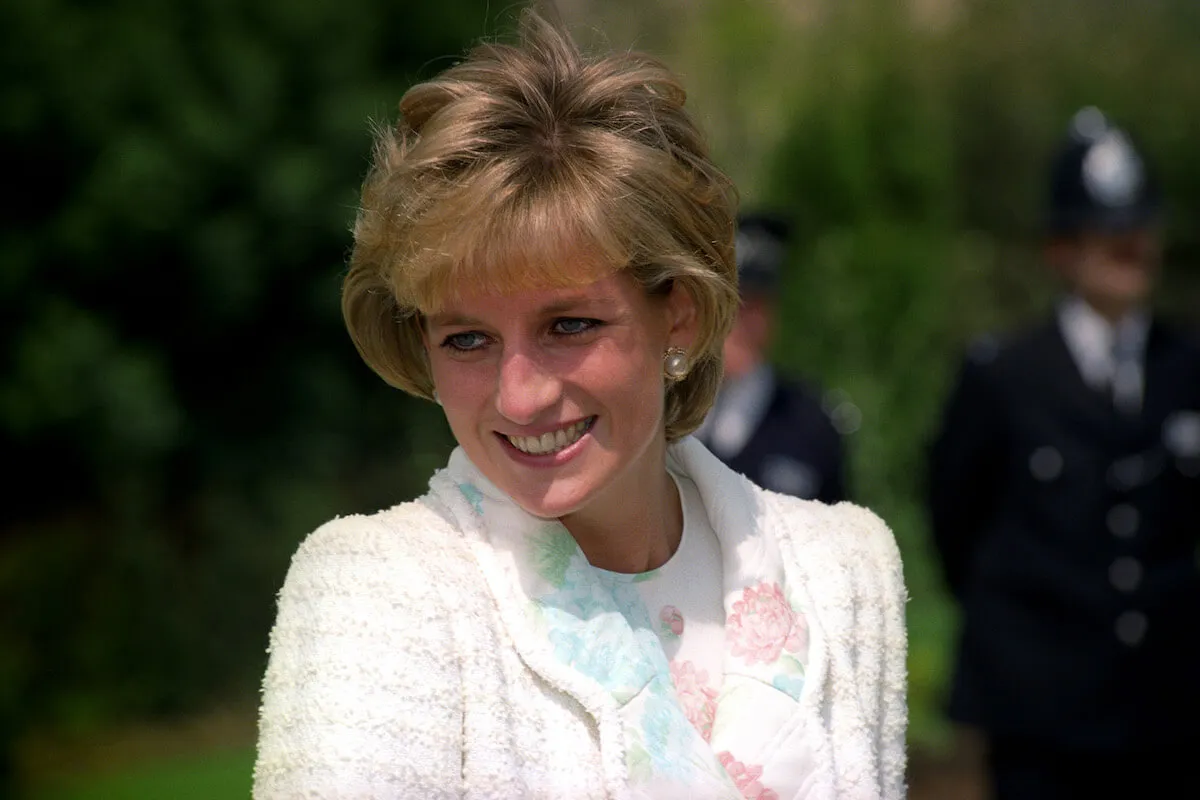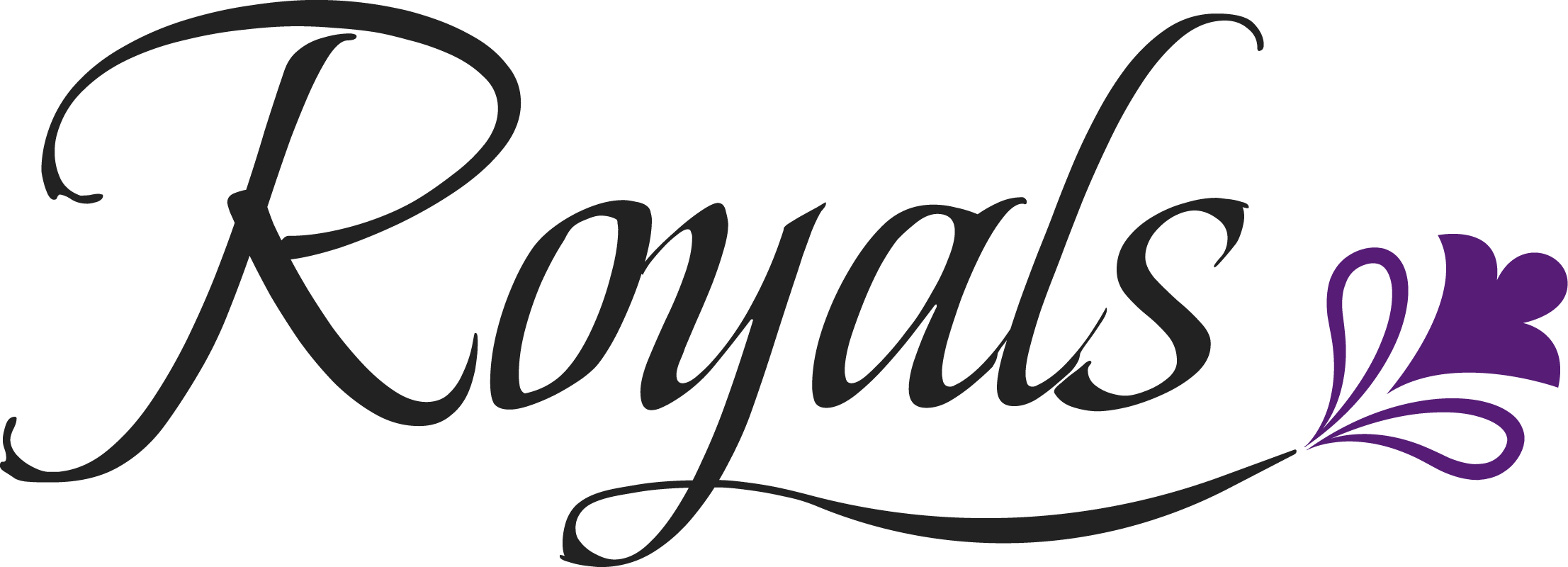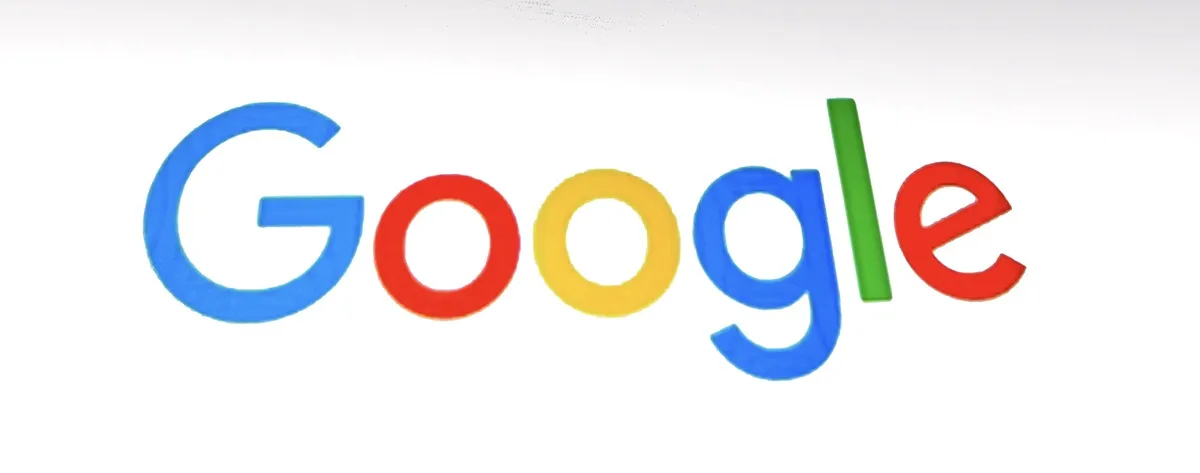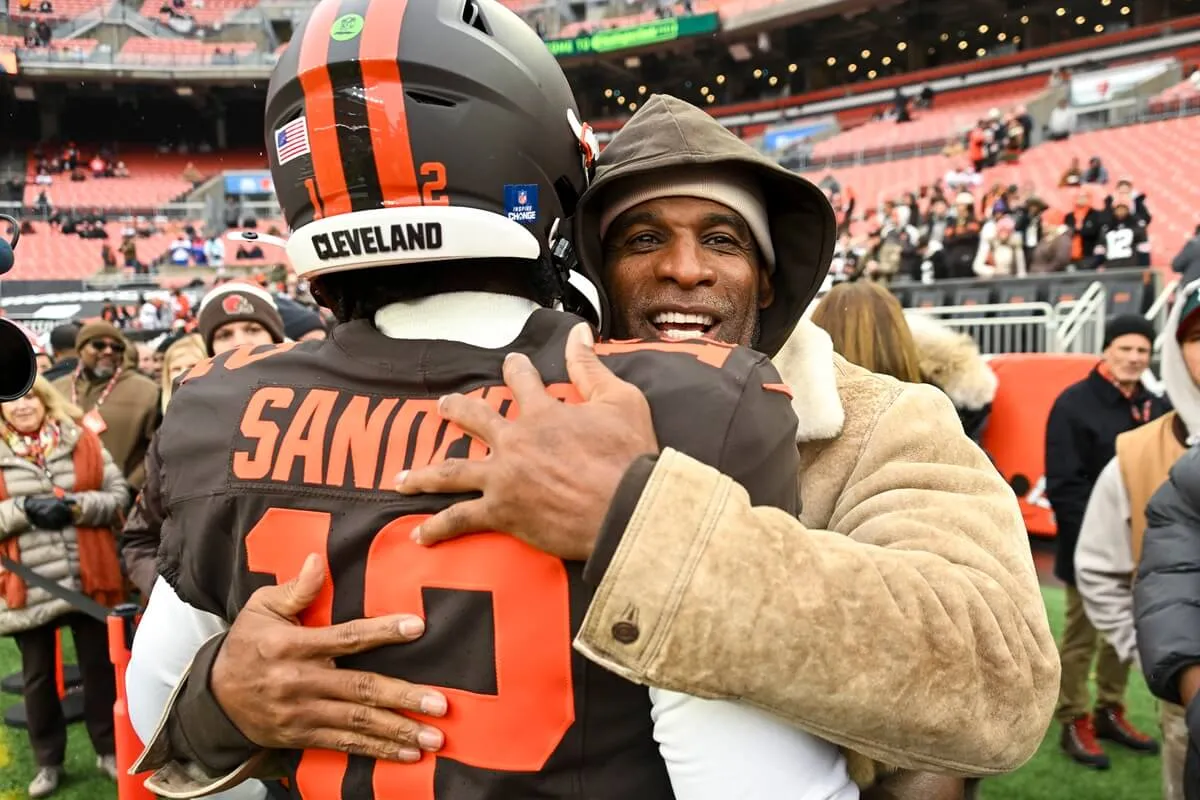
Princess Diana’s Brother-in-Law Played a Key Role in the Flag Drama After Her Death
The aftermath of Princess Diana’s death included public urging for Queen Elizabeth II to honor her former daughter-in-law by lowering the flag at Buckingham Palace. It eventually happened (more on that ahead) after Diana’s brother-in-law, Robert Fellowes, who died on July 29, 2024, the 43-year anniversary of Diana’s royal wedding to King Charles III, took the matter to the queen.
The prime minister’s spokesperson tried convincing Diana’s brother-in-law to discuss the flag with Queen Elizabeth
Diana died on Aug. 31, 1997, after sustaining injuries during a car crash in Paris, France, along with Dodi Fayed and driver Henri Paul. (Diana’s bodyguard, Trevor Rees-Jones, survived.) As the public—and royal family—dealt with the loss, attention turned to Queen Elizabeth and how she handled the immediate aftermath.
She received criticism for remaining in Scotland at Balmoral—the royal family ends every summer there—and not lowering the royal flag at Buckingham Palace to half-mast. Traditionally, the flag is used only to indicate whether or not the monarch is there. Nevertheless, public outcry for the royal family to honor Diana with the flag continued.
The public pressure became so great that, according to Robert Lacey’s Battle of Brothers book, Alastair Campbell, spokesperson for then Prime Minister Tony Blair, called Fellowes, the queen’s private secretary at the time and married to Diana’s sister Jane, in an attempt to get the queen to lower the flag.
Diana’s brother-in-law, per Newsweek, expressed how challenging it would be. “I hear what you’re saying,” he told Campbell. “But it’s a curious business, the flag at Buckingham Palace. There are certain things, you know, that I can deliver straight away. But I’m not sure it’s going to be as easy as it looks, even if it’s right, to please the public on this one.”
“Fellowes knew his boss,” the author explained, noting it had never happened before. “No flag in history had flown at half-mast over Buckingham Palace. The Queen had not done it on the death of her beloved father George VI, and she would not expect it for herself.”
“It was a matter of tradition—something greater than oneself, symbolizing for Elizabeth II values approaching the sacred. It was certainly not a gesture to be conceded to the popular media.”
He talked to the queen about lowering the flag at Buckingham Palace for Diana
Fellowes, along with the queen’s press secretary, Geoffrey Crawford, eventually raised the issue with the queen. Whatever was said seemed to have worked because, according to the author, Queen Elizabeth understood something had to be done.
“There was clearly a need for a change of royal direction—and Elizabeth II got it immediately,” Lacey wrote. “Suddenly, the details of what flag flew where counted for nothing.”
Ultimately, they flew the Union Jack flag instead of the royal standard at half-mast, keeping with tradition.
He ‘outraged’ King Charles after Princess Diana’s death
Lacey also shared Fellowes had angered the now-King Charles after following orders from Queen Elizabeth to have Diana’s body moved.
On the queen’s “express instructions,” he “arranged for the body to be sent discreetly to the Fulham Road mortuary used by the royal coroner.”
The author claimed, “Charles was outraged—both on his own account and for the sake of Diana and his sons,” noting that this led to a heated argument. “He dived into a bitter slanging match with Fellowes that ended with him shouting at the private secretary, ‘Why don’t you just go and impale yourself on your own flagstaff?’”
As for what happened to Diana’s brother-in-law, he didn’t remain employed by the royal family for much longer after her death. He left following tabloid criticism.
“After 22 years of service,” Tina Brown wrote in The Palace Papers, “Fellowes had at last quit his job on the heels of a stitch-up in the Mail on Sunday. The paper accused him of being ‘one of the prime instruments in the destruction of the monarchy’s public esteem,’ which was hardly fair.”
“He blamed the piece on [spin doctor Mark] Bolland, who shared the Prince of Wales’s conviction that Fellowes was the major blockade in Buckingham Palace’s acceptance of Camilla.”
Meanwhile, the queen ensured her “faithful private secretary” didn’t leave empty-handed. She gave him a “life peerage as Baron Fellowes of Shotesham in Norfolk in her Birthday Honours List of 1999.”



